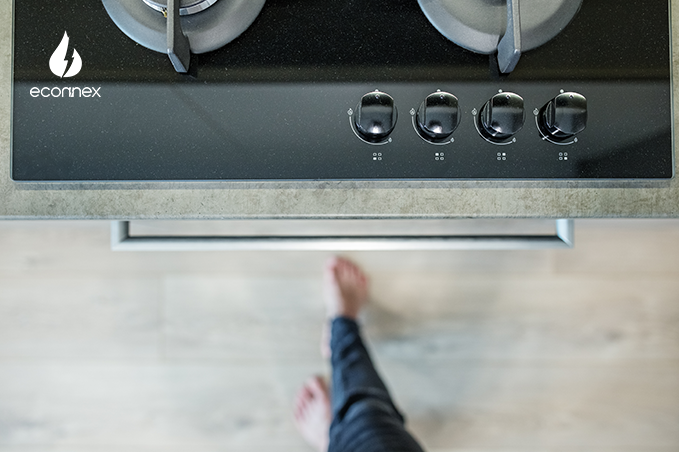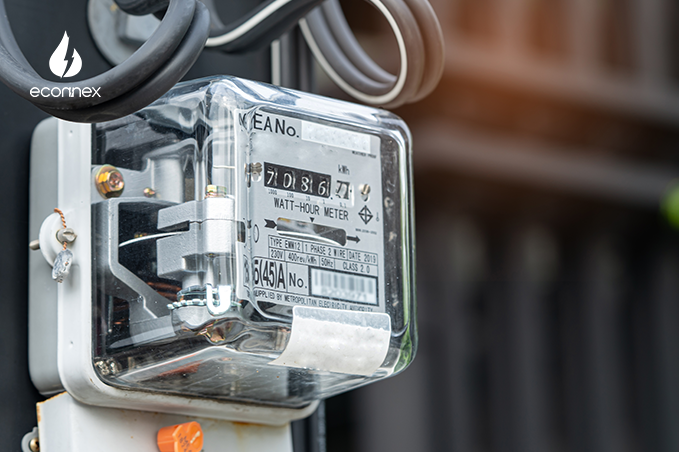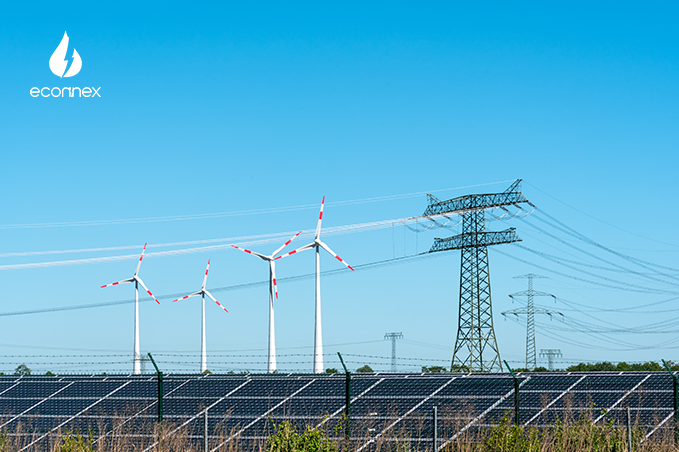Among the endless choices, you’ll need to make when renovating your home or building a brand new one is whether you should choose gas, electric, or induction cooking appliances. There are multiple angles to consider here: cost, safety, efficiency, durability, and even what kind of cooking you do most. It all boils down to your individual circumstances – but to help you compare gas and electricity, here’s a list of pros and cons for each.
ELECTRIC
Pros
- They cost less to buy. Generally speaking, electric stoves are cheaper than gas and simpler to install – particularly if your property doesn’t have an existing gas line.
- They’re easy to clean. Electric stoves with coil heat elements are pretty simple to wipe down, while the more stylish smooth-surface ceramic models are an absolute cinch.
- They distribute heat evenly and accurately. With heating elements at the top and bottom, electric ovens reach temperatures quickly, which cuts down on pre-heating time.
- They also provide a drier heat than gas ovens – making them superior for baking and roasting. Fan-assisted electric ovens circulate airflow and can significantly speed up cooking time as well.
Cons
- They cost more to operate. Electricity costs are higher than gas over the long term.
- They’re slow to respond to temperature changes. Plus, when you turn off the heat, you must immediately remove your food to avoid overcooking or burning.
- This could also be a safety issue – especially for young children, who may not realise when the surface is too hot to touch.
GAS
Pros
- They’re easy to control. What you see is what you get with a gas flame: it ignites and lowers instantly. And once you’ve switched the flame off, the heat is instantly gone.
- They’re versatile. Toasting, charring, and flambéing can all be done with a gas stovetop. You can even cook if you have a power blackout.
- They cost less to operate. Gas appliances are cheaper to run than electric – which, if you do a lot of cooking, means less energy consumption and lower bills.
Cons
- They’re tricky to clean. A gas stovetop has cast-iron grates and burner plates that need to be removed every time you sponge it down, plus lots of crumb-friendly nooks and crannies.
- They operate with an open flame. This means that you may lose energy and gas consumption if your cookware is in the incorrect size for the stove, or if your gas stove top is close to a clear window.
INDUCTION
Pros
- They’re super-fast. Using electromagnetism to create energy, an induction stovetop will reflect immediate changes in temperature, like a gas stovetop, but will cook up to 50 percent fleeter than electric or gas – and utilize less power.
- They’re safe. The surface of an induction stovetop doesn’t generate heat, significantly reducing the risk of burnt food, saucepans, or hands and fingers. You can also wipe them down with a damp cloth immediately after cooking.
- They look good. Sleek, flat, and glass-based, induction stovetops will add a stylish touch to any kitchen.
Cons
- They’re expensive. The technology is relatively new, so a four-zone induction stovetop costs more than a comparably sized gas or electric stovetop.
- They require special cookware. An induction stovetop will only work with pots and pans with a magnetic field, such as iron, cast iron, enamel, or magnetic grade stainless steel.
- They’re noisy. Induction stoves are known to emit a humming or buzzing sound, especially at higher settings.
THE BOTTOM LINE
If you’re really struggling to make up your mind whether gas, electric, or induction is best for you, consider this: most major appliance brands offer hybrid models, such as stovetops that join gas and electricity zones, or varieties emphasizing a gas stovetop with an electrical oven. Sometimes you can hold it all.
While you compare your appliances, you can also compare your plan to make sure you are on the best plan to suit your needs.




